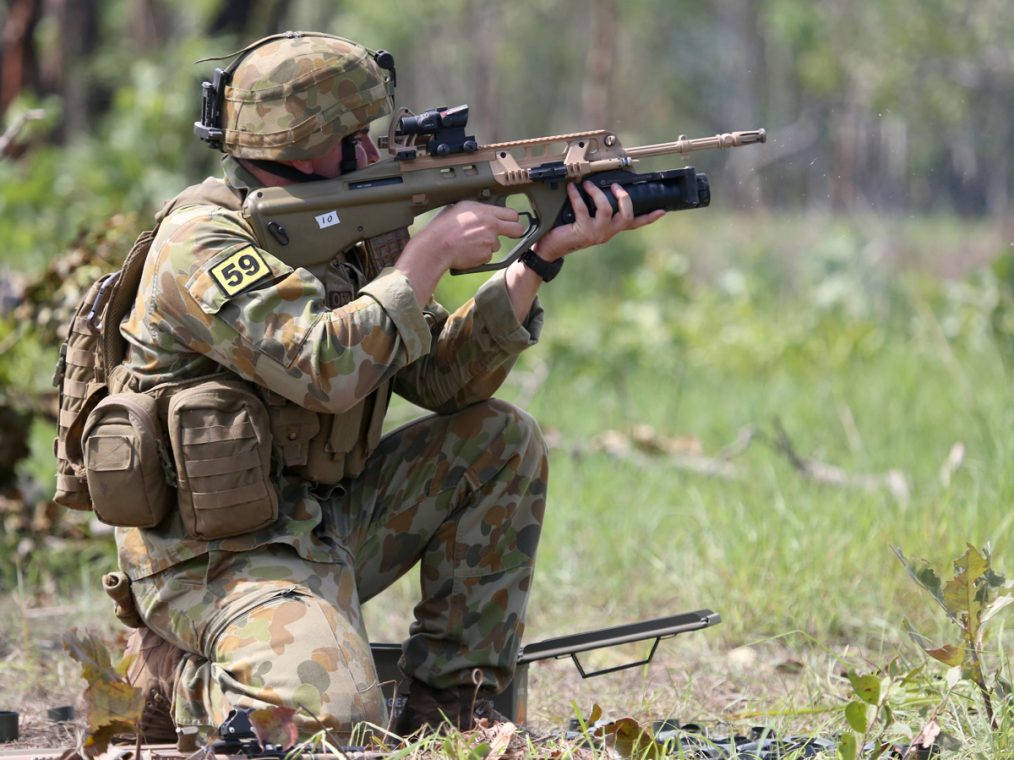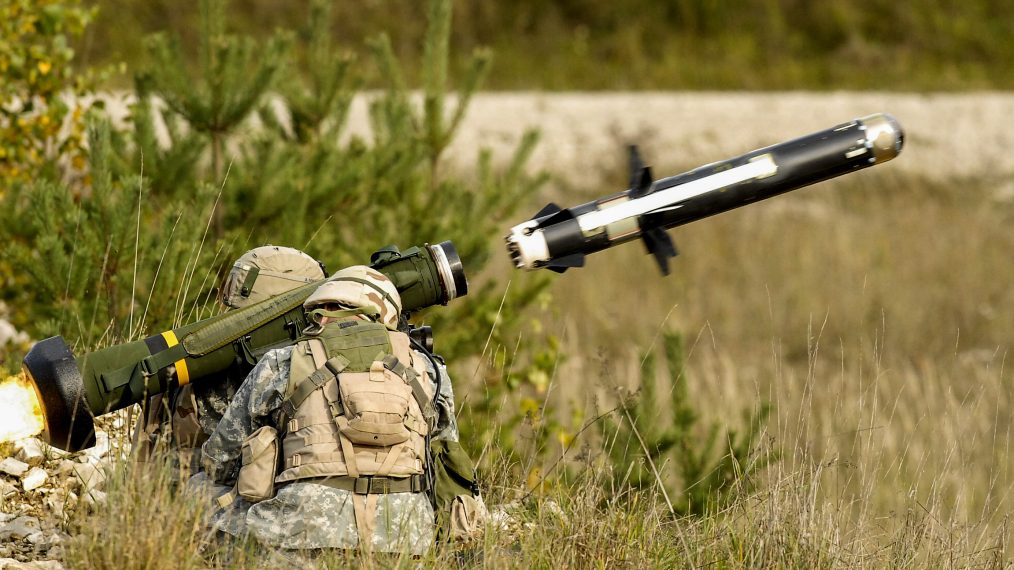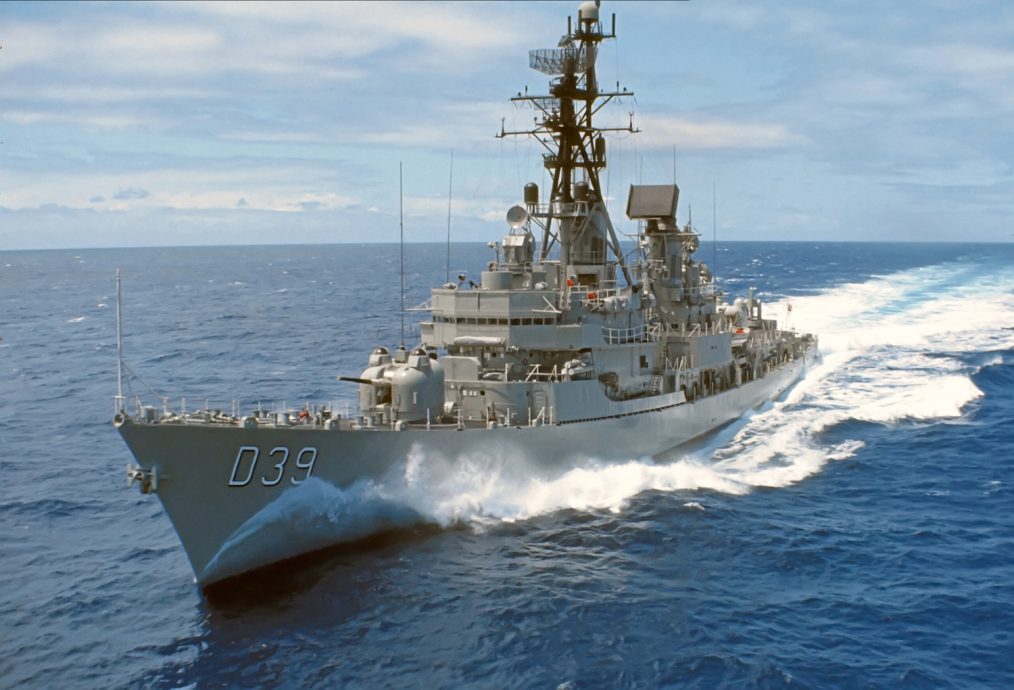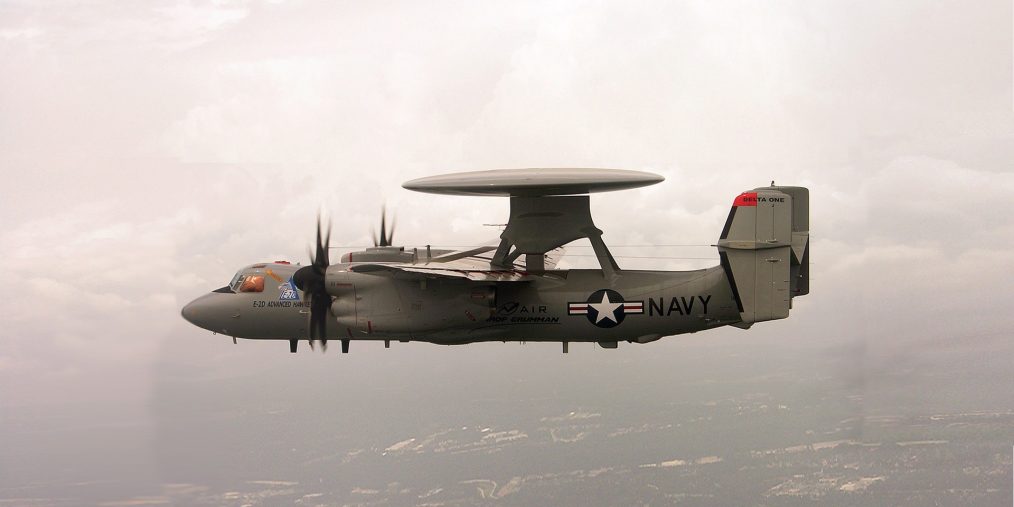A Detailed Account of the Vietnam War Engagement (23–24 February 1966)
The Battle of Suoi Bong Trang, fought between 23 and 24 February 1966, stands as a significant engagement during the Vietnam War, involving the combined forces of the United States, Australia, and New Zealand against the Viet Cong and North Vietnamese Army. The battle unfolded amidst Operation Rolling Stone, an American security initiative aimed at safeguarding engineers constructing a critical road near Tan Binh in Binh Duong Province, approximately 30 kilometres northwest of the Bien Hoa airbase. During this intense confrontation, the 1st Brigade of the US 1st Infantry Division and the 1st Battalion, Royal Australian Regiment (1 RAR), attached to the operation, successfully repelled a regimental-sized Viet Cong night assault. Overwhelmed by the firepower of artillery and tanks, the Viet Cong suffered severe casualties and were forced to retreat by dawn. Post-battle, the US and Australian forces did not pursue the retreating Viet Cong but focused on securing the battlefield and tending to their own wounded. Despite intermittent harassment from Viet Cong snipers and mortar fire, the road construction continued, culminating in its completion on 2 March 1966.
The Strategic Context of February 1966
In February 1966, the United States launched a road-building program aimed at disrupting the Viet Cong’s mobility in the regions surrounding Saigon. The US 1st Engineer Battalion, under Lieutenant Colonel Howard Sargent’s command, was tasked with constructing an all-weather road connecting Route 13 and Route 15 in central Binh Duong Province, west of Ben Cat. This road was strategically designed to sever the Viet Cong’s supply lines between War Zone C, the Mekong Delta, the Iron Triangle, and War Zone D. Additionally, it was intended to link the two forward brigades of the US 1st Infantry Division between Phuoc Vinh and Lai Khe, thereby extending the South Vietnamese government’s authority into the area.
As the road construction progressed, Viet Cong Local Force units began a campaign of harassment against the American engineers. They engaged in daily sniping, laying mines, and sabotage activities to impede the construction work. In response to these disruptions, the US 1st Division initiated Operation Rolling Stone on 11 February 1966, a comprehensive security operation aimed at protecting the engineers and their work. Colonel Edgar N. Glotzbach, commander of the US 1st Brigade, was assigned the task of securing the area. He deployed one of his three battalions to guard the engineers on a rotating basis, while the other two battalions conducted offensive operations to keep the Viet Cong off balance.
The Involvement of 1st Battalion, Royal Australian Regiment (1 RAR)
At the request of the American divisional commander, Major General William E. DePuy, the 1st Battalion, Royal Australian Regiment (1 RAR), under the command of Lieutenant Colonel Alex Preece, was temporarily detached from the US 173rd Airborne Brigade and placed under the operational control of the US 1st Division until 5 March. DePuy specifically selected the Australian battalion for its reputation for aggressive and effective patrolling. Supporting 1 RAR were Australian M113 Armoured Personnel Carriers (APCs) from 1 APC Troop, engineers from 3 Field Troop, Bell Sioux light observation helicopters, Cessna 180 fixed-wing aircraft from 161st Independent Reconnaissance Flight, and 105-millimeter L5 Pack Howitzers from 161st Battery, Royal New Zealand Artillery.
The headquarters of the US 1st Brigade was located approximately 1,000 meters east of the engineer base camp near the hamlet of Tan Binh, just north of the new road and less than five kilometres west of Route 16. The brigade’s constituent battalions were dispersed across the area, conducting search and destroy operations, leaving the area only lightly defended. Despite the harassment faced by the engineers, contact between the US and Australian forces and the Viet Cong had been sporadic during the early weeks of Operation Rolling Stone.
Australian intelligence had assessed that at least two Viet Cong Local Force platoons, and possibly a Local Force company, were operating in the area. However, they cautioned that the Viet Cong likely had the capability to concentrate a Main Force battalion in the area with little warning. The Australians were tasked with protecting the engineer base, the laterite pit, and road work parties over a distance of 6,000 meters, as well as safeguarding engineer reconnaissance parties as they moved forward to plan new sections of the road.
The Lead-Up to the Battle
On 19 February 1966, 1 RAR was airlifted into the area, relieving the 2nd Battalion, US 38th Infantry Regiment. Upon arrival, Preece immediately implemented a program of 24-hour dispersed patrolling, which quickly reduced the level of Viet Cong activity against the road construction. To bolster the defence, two platoons of American M48 Patton tanks were also deployed to the area, patrolling during the day alongside the Australian APCs and securing the laterite pit at night.
Several engagements with the Viet Cong occurred, and by 22 February, the Australians began to suspect that a major attack was imminent, noting that they were now facing Main Force elements. In the early morning of 23 February, three Viet Cong soldiers were killed in an Australian ambush, while several others were wounded but managed to escape. The dead soldiers were well-equipped with new AK-47 assault rifles and other gear, indicating their affiliation with the 761st Main Force Regiment. A significant quantity of ammunition, rations, and medical supplies was also captured. Later that night, a North Vietnamese engineer officer was killed in a separate ambush, further supporting the Australians’ suspicions of an impending attack.
The Viet Cong’s Assault
Unbeknownst to the US and Australian forces, three battalions of the Viet Cong 9th Division were preparing for a large-scale assault on the American and Australian positions. The attacking force, numbering around 2,000 men, included the J10 Battalion of the 761st Regiment, the 707 Battalion of the 763rd Regiment, and the D800 Independent Battalion. By the evening of 23 February, the Viet Cong had completed a 25-kilometer approach march and were positioned near the village of Ap Bo, utilizing local women and youths as porters to carry ammunition and supplies.
Viet Cong reconnaissance parties had easily located the American headquarters, which was conspicuous due to the noise and light emanating from the area. The Viet Cong commander planned to launch a three-pronged assault on the American and Australian positions, with the aim of surrounding the defenders and preventing them from concentrating their forces. Fire support for the attack was provided by 60-millimeter and 82-millimeter mortars positioned in the vicinity.
By late afternoon on 23 February, 1 RAR had established an all-round defensive position near the Suoi Bong Trang creek, west of the US 1st Brigade’s headquarters. The American engineers had also moved into a new defensive position within the Australian perimeter. In anticipation of the impending attack, additional American forces, including a platoon of M48 Patton tanks and a second field artillery battery, were deployed to defend the Brigade Headquarters. The 1st Battalion, US 26th Infantry Regiment, returned from the field and augmented the defences, joining Company B, 1st Battalion, US 28th Infantry Regiment.
The Battle Unfolds
At 22:00 on 23 February, soldiers from B Company, 1 RAR, occupying the western sector of the Australian perimeter, observed lights approximately 250 meters in front of their position. Major Ian McFarlane, the company commander, requested artillery and mortar fire to target the location, but his request was denied by Preece. Meanwhile, a small Australian standing patrol deployed forward of the main defensive position, led by Private Walter (Bruno) Brunalli, observed the lights moving closer to the US 1st Brigade’s headquarters.
By midnight, the American forces stationed on the eastern approaches also reported hearing movement and seeing intermittent flashes of light through the trees. Shortly after midnight on 24 February, sporadic firing broke out across the area as forward American listening posts detected small groups of Viet Cong moving outside the perimeter. After one of the sentries opened fire, two Viet Cong were killed, and the remainder withdrew into the darkness.
The American and Australian forces remained on high alert, bracing for the main Viet Cong assault. At 01:45, the battle commenced with a heavy barrage of Viet Cong mortar and small arms fire. The Americans responded with a barrage of small arms fire, machine guns, tank fire, mortars, and artillery. The intensity of the firefight grew over the next hour, and at 03:00, the Viet Cong shifted their fire to the northwest side of the American perimeter, augmenting their barrage with recoilless rifles.
Glotzbach anticipated a full-scale ground assault, but the Viet Cong were held back by the overwhelming firepower of the American defenders. The Americans, supported by eight field artillery batteries, including 8-inch and 175-millimeter howitzers from Phuoc Vinh, unleashed a devastating barrage on the Viet Cong positions. Some artillery units even fired directly at the Viet Cong, lowering their tubes to fire over open sights.
Meanwhile, the Australian standing patrol remained in position despite the proximity of the Viet Cong. The intense American fire directed at the area soon caught the Australians in the crossfire, and Brunalli was wounded in the arm. Although the Australian position was not the primary focus of the Viet Cong assault, it came under attack from 60-millimeter mortar fire, resulting in the death of an American sapper. There was initial confusion over the source of the rounds, with both Glotzbach and Preece speculating that the fire might have originated from US 1st Brigade’s headquarters or from supporting artillery batteries.
However, the subsequent recovery of fragments revealed that the mortars were of Chinese origin, confirming they had been fired by the Viet Cong. This realization prompted Preece to request artillery support from the American battalion tasked with providing fire support. At 04:10, the main Viet Cong assault was finally launched, with infantry supported by heavy machine guns and recoilless rifles.
The Viet Cong managed to close to within 150 meters of the Australian perimeter before being forced to ground by the concentrated Australian and New Zealand artillery and mortar fire. The determined defence and overwhelming firepower broke the momentum of the Viet Cong assault, forcing them to retreat back into the jungle. As dawn broke on 24 February, the Viet Cong were in full retreat, leaving behind significant casualties.
The Aftermath
The Battle of Suoi Bong Trang was a decisive victory for the US, Australian, and New Zealand forces. The Viet Cong’s regimental-sized attack had been repelled with heavy losses, and the road construction continued, eventually leading to the completion of the vital supply route on 2 March 1966. The battle demonstrated the effectiveness of combined arms operations, with artillery, tanks, and infantry working in concert to thwart a determined enemy attack. The battle also highlighted the growing capability and professionalism of the Australian and New Zealand forces, who played a crucial role in the defence of the engineer base.
The battle had a lasting impact on the Viet Cong’s operations in the region. The heavy losses suffered during the engagement forced the Viet Cong to reconsider their tactics and avoid large-scale frontal assaults against well-defended positions. The battle also underscored the importance of maintaining strong defensive positions and the value of artillery in providing critical support during engagements.
In the years that followed, the Battle of Suoi Bong Trang would be remembered as a testament to the bravery and tenacity of the soldiers who fought there. The battle remains an important chapter in the history of the Vietnam War and serves as a reminder of the sacrifices made by those who served in that conflict.










